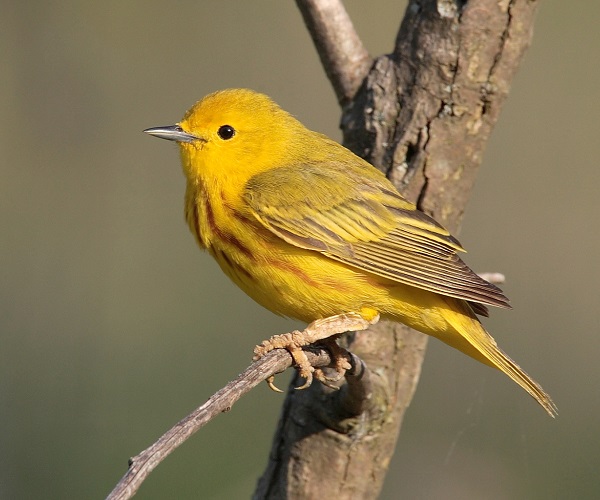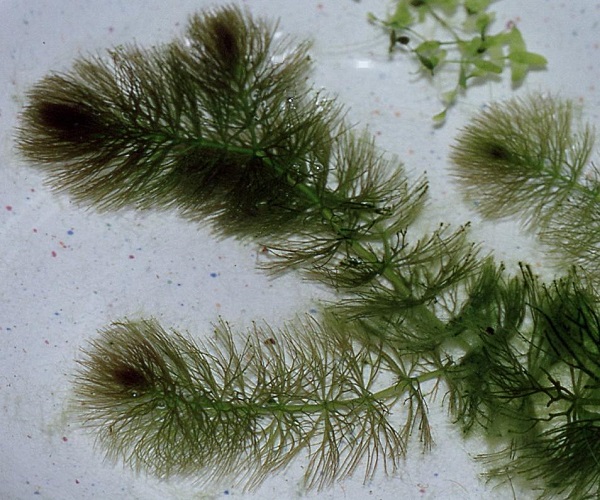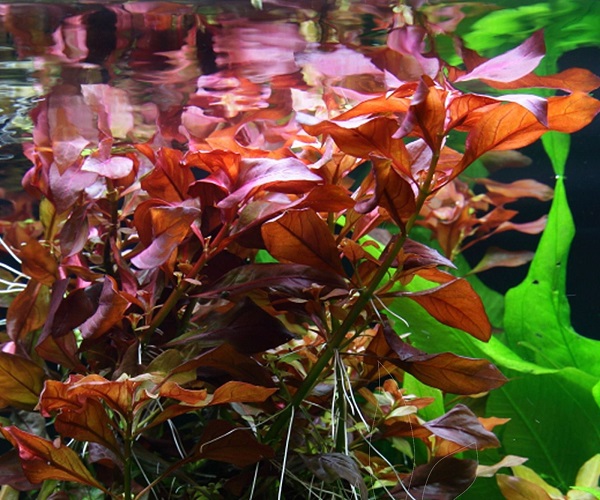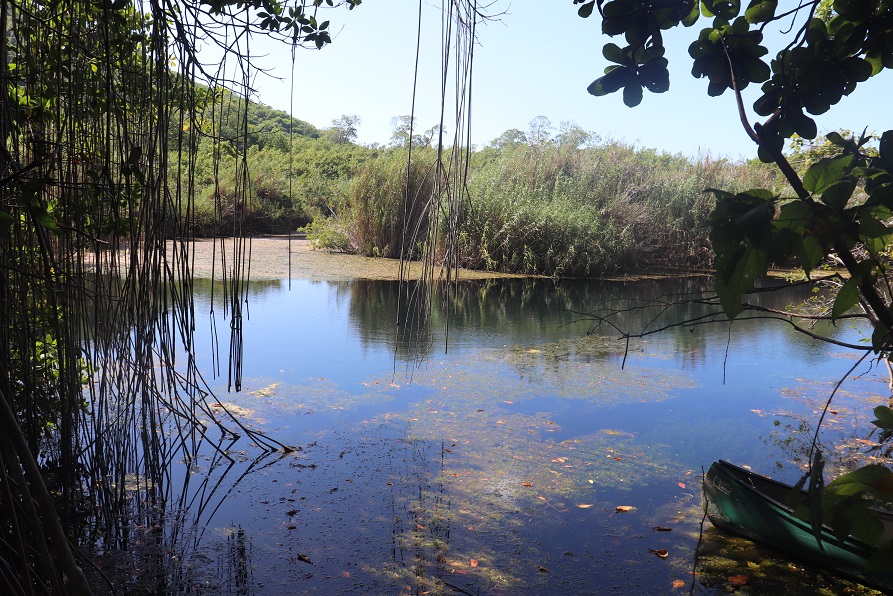Welcome To Canoe Valley
Canoe Valley is located on the South Coast of Jamaica stretching across the parishes of Clarendon and Manchester. The area features wetland, beaches and a dry limestone forest which. It incorporates the Alligator Pond, Guts River and Canoe Valley Game Reserve declared in 1997 under the Wild Life Protection Act (1945) and Hudson’s Bottom Forest Estate which was declared under the Forest Act 1996.
The Alligator Hole River is on the southern border of Manchester and Clarendon. It emerges at the base of Round Hill which is to the east of the river. The river is 1.9km long and empties into Long Bay. It is estimated that the river on average is 17.8m in width in the upper portions.
The vegetation in the river is perennial with the embankment protected by Phragmites australis and mangrove roots.
The river is part of the wetland system comprising mainly herbaceous vegetation. This wetland is inhabited by fauna including fish, crustaceans (e.g. crabs, shrimp), the American Crocodile, West Indian Manatee, insects (butterflies) birds and plant species such as the Red Mangrove and Ludwigia.
It is one of five rivers formed at the base of the limestone plateau along the norther edge of Canoe Valley. The rivers originate from the rainfall on the hills in the centre of the plateau. Rainwater percolates through the limestone bedrock, forming underground rivers which flow for miles until they emerge at the foot of the plateau.
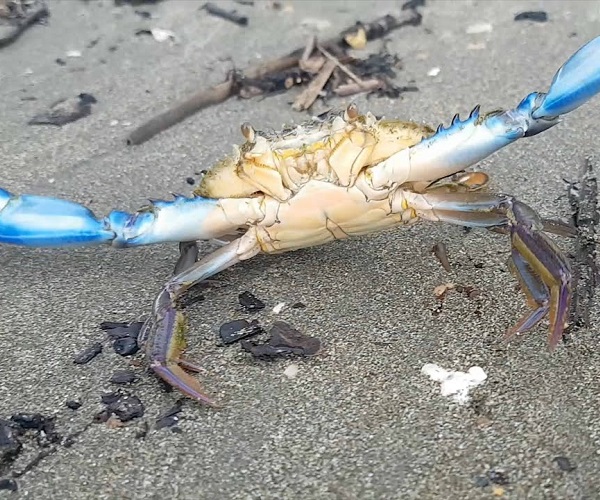
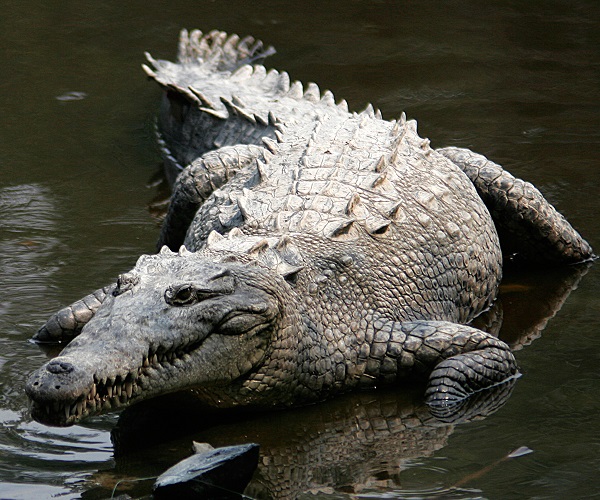
Blue Crab
This large edible crab was once common in the river. They may be up to 20cm (8in.) in width. If you are lucky you may see them mating in the river. When the crabs mate the female sheds her hard outer shell. From the time until her newly molted shell hardens, the male continues to clasp the female in order to protect her. After she is released, the female crab migrates to the sea to lay her eggs. Crab larvae live in the sea but later migrate to the river to complete their life-cycle.
Red Mangrove (Rhizophora mangle)
Red Mangrove trees may grow 20m (65ft.) high in the shallow brackish water or saltwater along Jamaica’s coastal shores and rivers. The Red Mangrove can be distinguished by the thicket of prop roots which surround them. Aerial roots hand down from the lower branches. The prop roots and rootets of many mangrove trees create a screen of living wood which accumulates silt and debris from the water and prevents this material from washing away. In this way, wetlands and seashores are protected. Many commercial species of fish, shrimp, crabs and shellfish make use of mangrove roots for food and shelter.

